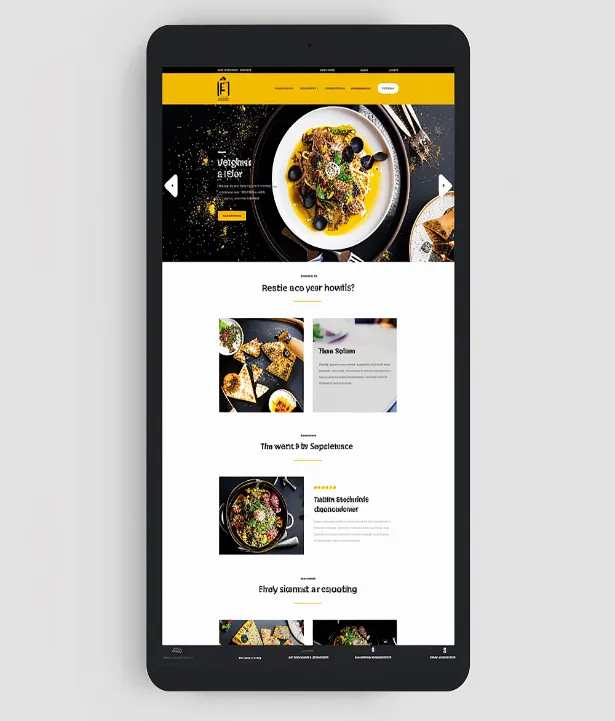Responsive Design

Responsive Design in website design services refers to creating websites that automatically adjust and optimize their layout, content, and functionality based on the screen size, resolution, and device type a user is accessing it from. The goal is to ensure a seamless and user-friendly experience across all devices, including desktops, tablets, and smartphones.
Adaptive Websites for Every Screen
Create dynamic, user-friendly websites optimized for all devices. Ensure seamless functionality, enhanced user experiences, and perfect adaptability across screens.
Key Features of Responsive Design
01.
Fluid Grid
Layouts
Fluid Grid Layouts use a flexible grid system with percentage-based widths rather than fixed units. This ensures content adjusts proportionally to the screen size, creating a responsive and consistent layout.

02.
Flexible Images
and Media
Flexible Images and Media adapt dynamically to different screen sizes by using relative dimensions like percentages instead of fixed pixel values. This ensures visuals scale appropriately without distortion or overflow, maintaining a seamless and visually appealing user experience across devices.

03.
Media
Queries
Media Queries are CSS techniques used to apply styles based on the device’s characteristics, such as screen size, resolution, or orientation. They enable responsive design by adapting layouts and features to provide an optimized user experience across devices.

04.
Mobile-First
Approach
Mobile-First Approach prioritizes designing for smaller screens like smartphones before scaling up for larger devices. It focuses on simplicity, speed, and usability, ensuring essential features and content are optimized for mobile users. This approach enhances user experience, supports progressive enhancement, and aligns with the growing trend of mobile-dominant internet usage.

Benefits of Responsive Design
Enhanced User Experience
Content remains accessible and visually appealing across devices.
Improved SEO
Google prioritizes mobile-friendly websites in search rankings.
Cost-Effective
A single responsive website eliminates the need for separate mobile and desktop versions.
Higher Engagement
Users are more likely to stay and interact with a site that works well on their device.
Agency
Contact Us
Street No: 2, Royal Enclave, Macha Bolarum, Secunderabad – 15

